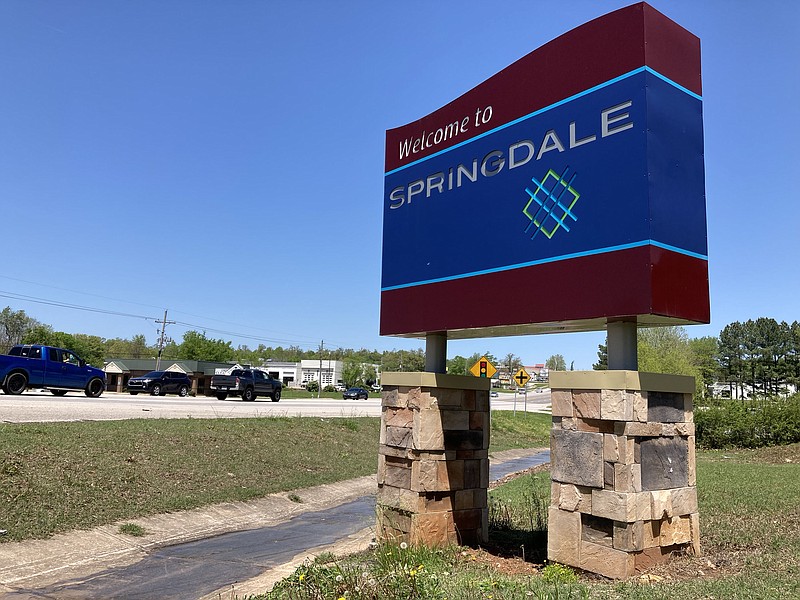SPRINGDALE -- The Planning Commission on Tuesday passed 8-0 a large-scale development plan for a new pumping station that will bring drinking water to the western reaches of the city.
Olsson engineering firm submitted plans that are 60% complete on behalf of the Beaver Water District.
Lane Crider, chief executive officer of Beaver Water District, said the pumping station will increase the water pressure for customers west of Interstate 49 -- and the region's other cities -- to meet expected growth. He noted most current city infrastructure runs along the east sides of the cities from the treatment plant on Beaver Lake in Lowell.
"Our current facility won't know the difference" in its ability to pump water from the treatment plant on Beaver Lake, said Crider. The plant will continue to treat 140 million gallons of water per day.
The new pumping station and pipelines also will provide redundancy for the cities, Crider said. If lines on the east side of the city are disrupted, the water could be rerouted through the west side.
This project will include only pumps to deliver water not only to Springdale, but eventually to the west sides of all major cities in Northwest Arkansas.
The district will build 7 miles of 60-inch pipe from the treatment plant to the western pumping station as a separate project.
Cities will be responsible for building and connecting their own water systems to the Beaver Water District pump station. Springdale Water Utilities holds its own contract with Olsson for design of a 48-inch water main to be built under North 56th Street to connect with the pumping station, said Rick Pulvirenti, chief operating officer and engineer for the Springdale utility.
The current estimate to complete the pump station is $150 million, up 30% from engineering estimates last year, Crider said.
An increase in rates the water district charges the city utilities should cover the debt service, he said.
Crider noted the design of the pumping station also would include disinfectant capabilities should that be needed to meet future growth.
The pumping station will be about the size of a football field, he said.
Three pumps will be dedicated to each of the major cities, and Springdale will be first online.
Crider explained the pump station would sit on a 20-acre site on Miller Road near the intersection of Arkansas 112 and U.S. 612. The station will be contained in a barn-like building to match the character of structures in the area. This also should help mitigate sound from the operations of the pumps, Crider said.
He said the water district plans to sell the northwest corner of this lot to Carroll Electric Cooperative for a local substation which should increase the cooperative's reliability to offer high-voltage transmission to the pumping station, which also operates its own backup generators.
The pumping station was added to the water district's master plan in 2015, with an expectation of 2.5% growth in population a year, Crider said. But in 2019, the yearly growth was at 3.5%, and officials moved the timeline up.
"We don't have the luxury to keep this project on the shelf," he said. "We will run out of drinking water."
Crider said he has supply chain concerns. For the type of major components the district will need for construction, the wait is currently 1½ years. "We have to place our order now," he said.
Beaver Water District also is preparing plans for an expansion of its main treatment plant on the lake.
Beaver Water District currently serves about 500,000 people, or about 1 in 6 Arkansans, the district's website reads.
The new transmission line and pump station will allow the district to serve about 500,000 more, Crider said.
The average daily demand for treated water in Northwest Arkansas is 55 million gallons per day, according to the website. A peak day for use in the summer could reach almost 90 million gallons per day.
The website shows that in May, Springdale's average daily demand was 18 million gallons a day, with its maximum day at 22 million gallons.
Across the entire water district, May's demand was an average of 61 million gallons per day, with 71 million gallons a day at the peak.
The daily pumping capacity at Beaver Water District's intake at Beaver Lake is 150 million gallons per day. The daily water treatment capacity is 140 million gallons per day, according to the website.
